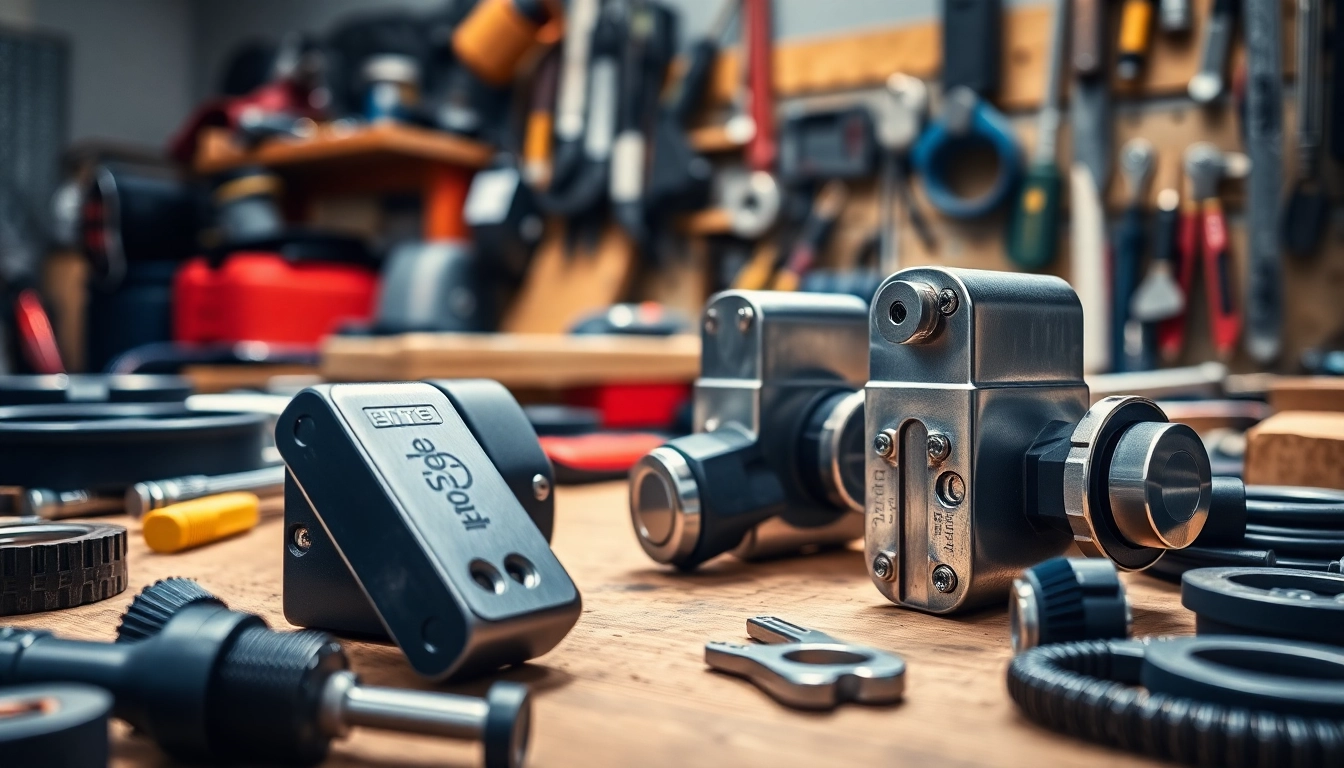Understanding Part Exchange: What You Need to Know
Part exchange is a popular method individuals use when purchasing a new vehicle, allowing them to trade in their old car for credit towards the new one. This route offers a sure way to reduce the upfront costs associated with buying a new vehicle. For a deeper understanding of the Part Exchange process, let’s explore its definition, benefits, common misconceptions, and more.
Defining Part Exchange in the Automotive Context
In the automotive world, part exchange refers to the process of trading in a used vehicle at a dealership in exchange for a discount on the purchase price of a new or used vehicle. The dealer appraises the value of your current car and applies that amount towards the cost of your new vehicle. This process is advantageous as it simplifies the vehicle acquisition process and mitigates the hassle of selling the car privately.
The Benefits of Part Exchange
Part exchanging your vehicle comes with several benefits:
- Convenience: Part exchange saves time by eliminating the need to find a private buyer. You can complete the transaction at the dealership while choosing your new vehicle.
- Immediate Value Deduction: The value of your part exchange is deducted directly from the price of your new car, resulting in lower financing costs if you’re opting for a car loan.
- Avoiding Hassles: You do not need to deal with the hassle of negotiations as you would in a private sale, nor worry about arranging viewings or dealing with tire kickers.
- Instant paperwork: Dealers handle all the necessary paperwork, ensuring all legal requirements are met without your involvement.
Common Myths and Misconceptions
Despite the clear advantages, some misconceptions surrounding part exchange can deter potential sellers:
- Myth 1: You always get a lower value for your trade-in.
Fact: While dealerships may offer less than you would get selling privately, the trade-off is the convenience and the time saved. - Myth 2: Part exchange is only for older cars.
Fact: Any vehicle in good condition can be part exchanged, regardless of its age. - Myth 3: You can’t negotiate the trade-in value.
Fact: Many dealerships are open to negotiation; having knowledge of your car’s market value can strengthen your position.
How to Evaluate Your Vehicle for Part Exchange
Assessing Your Car’s Condition
Before approaching a dealership for part exchange, it’s crucial to assess your vehicle’s condition comprehensively. Factors to consider include:
- Physical condition: Look for any visible damages such as dents, scratches, or rust.
- Mechanical condition: Ensure all parts of the vehicle are functioning correctly, including brakes, engine, and electronics.
- Maintenance History: Gather records for any services or repairs done, which can support a higher trade-in value.
Researching Market Value
Utilizing online valuation tools like Kelley Blue Book or Edmunds can provide a rough estimate of your car’s market value. Consider the following:
- Look into listings of similar vehicles in your area to gauge competitive pricing.
- Adjust your expectations based on the condition of your vehicle and market demand.
Expected Documentation for Part Exchange
Prepare the necessary documents to facilitate a smooth transaction. Typically, you will need:
- Vehicle registration document: Proves ownership of the car.
- Service history: Provides proof of maintenance and can positively affect trade-in negotiations.
- Identification: Personal identification can be required to register the trade-in.
The Part Exchange Process: Step-by-Step
Preparing for Your Dealership Visit
Preparation is key to a successful part exchange experience. Begin by tidying your vehicle, removing personal items, and ensuring it is clean for appraisal. This can positively influence the dealer’s perception and thus your trade-in value.
Negotiating Your Part Exchange Value
Once at the dealership, the valuation process begins, and it’s time to negotiate. Here are a few tips:
- Don’t disclose your lower expectations first; let the dealer present their offer.
- Leverage your research to support your negotiating position.
- Be prepared to walk away if the proposed value does not meet your expectations.
Finalizing the Deal with Confidence
After reaching a satisfactory agreement, carefully review the contract and ensure all terms are clear. Verify that:
- The agreed-upon part exchange value matches the documentation.
- All figures presented for the new vehicle are accurate and agreed upon.
- Double-check for any hidden fees or charges.
Comparing Part Exchange Options: Dealerships vs. Private Sales
The Advantages of Selling Privately
While part exchange offers convenience, selling your vehicle privately can often yield higher returns. Key advantages include:
- Higher Profits: Selling directly to a buyer can result in more cash in your pocket.
- Flexibility: You control the sale price, terms, and time of sale.
Key Differences in Process and Value
Consider these differences when evaluating your options:
- Part exchange typically settles quickly, whereas private sales can take time.
- Dealing with private buyers may involve negotiations beyond the sale price, including the timing and conditions of the sale.
When Part Exchange Makes More Sense
Part exchange is particularly appealing in circumstances such as:
- If you have a vehicle that is challenging to sell privately due to its condition or market.
- When purchasing a vehicle that you require immediately, as the part exchange streamlines the process.
- For those who are not comfortable interacting with private buyers or who lack time to manage a sale.
Tips for a Successful Part Exchange Experience
Understanding Market Trends
To maximize your part exchange value, staying updated on current market trends is essential. Factors such as seasonal demand or economic indicators can significantly impact the trade-in value of your vehicle.
How to Enhance Your Trade-in Value
Enhancing your vehicle’s aesthetic and mechanical appeal can result in a significant increase in trade-in value. Consider:
- Minor touch-ups: Fixing dings or scratches and cleaning the interior can boost appeal.
- Ensuring mechanical integrity: Address any necessary repairs prior to appraisal.
- Providing an organized service history can reassure dealers of the vehicle’s upkeep.
Common Mistakes to Avoid During Part Exchange
Acknowledge these pitfalls to avoid common part exchange challenges:
- Not doing sufficient research on your vehicle’s value.
- Failing to prepare your vehicle adequately before visiting the dealership.
- Entering negotiations without a clear understanding of your minimum acceptable trade-in value.



